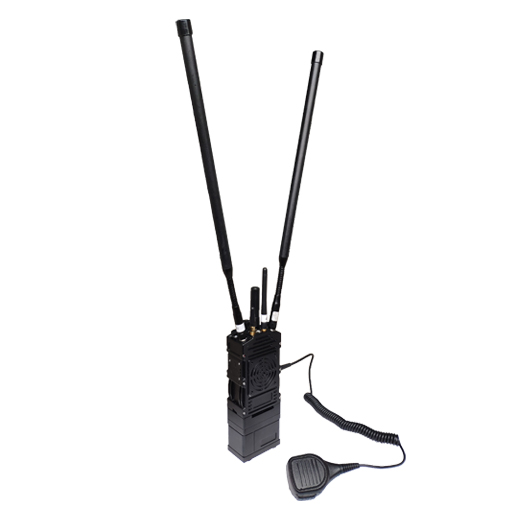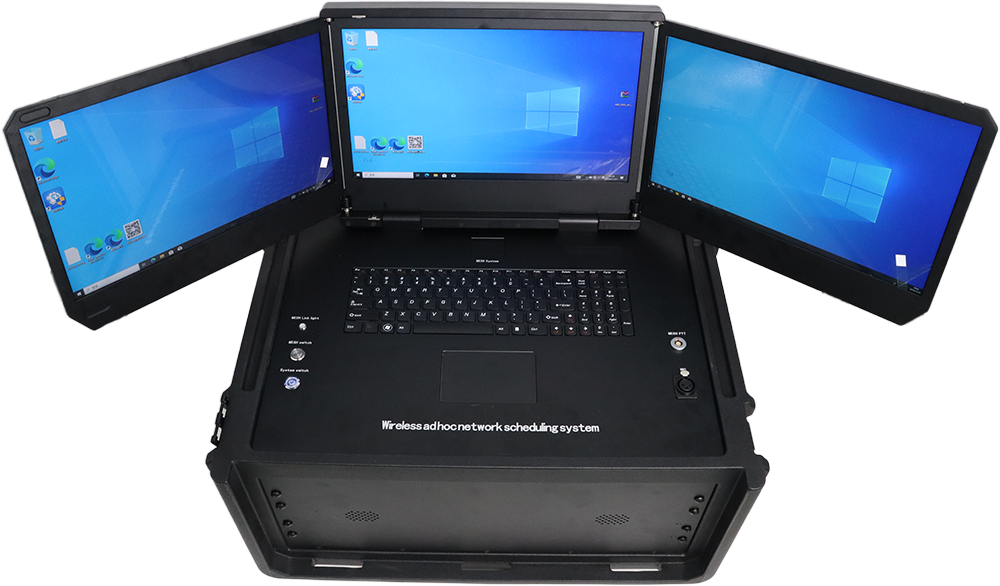What Is Point to Point and Point to Multipoint Wireless Network?
Wireless networks have revolutionized the way businesses, institutions, and communities connect across distances. While wired connections like fiber optics and Ethernet cables are still common, wireless solutions offer flexibility, scalability, and cost-effectiveness, especially in challenging environments. Among wireless networking technologies, point-to-point and point-to-multipoint networks are widely used for connecting remote locations. Understanding the differences between these two types and their applications is essential for designing reliable and efficient networks.

Point-to-Point Wireless Networks
A point-to-point wireless network is a direct connection between two locations using a dedicated wireless link. It typically employs directional antennas to transmit and receive signals over a specific distance. PtP networks are ideal when two sites need a high-speed, reliable, and low-latency connection.
Key Features of PtP Networks:
Dedicated Link: The entire bandwidth is allocated to the two connected sites, ensuring high performance.
Directional Antennas: Focused antennas maximize signal strength and reduce interference from other wireless sources.
Long-Range Capability: Depending on equipment and frequency band, PtP links can span from hundreds of meters to several kilometers.
Low Latency: Minimal signal loss and dedicated bandwidth provide fast communication, suitable for real-time applications.
Security: Advanced encryption protocols protect data transmitted over the wireless link.
Common Applications of PtP Networks:
Connecting Office Buildings: Linking two distant offices or campuses without running fiber or copper cabling.
Industrial Facilities: Real-time data transfer between production floors, warehouses, and administrative offices.
Video Surveillance: Transmitting high-definition video streams from remote cameras to a centralized monitoring center.
Temporary Deployments: Event sites, construction zones, or emergency setups requiring fast and reliable connections.
Point-to-Multipoint Wireless Networks
A point-to-multipoint wireless network connects a single central site (hub) to multiple remote sites (spokes) using wireless links. This architecture enables one network hub to manage communications with several endpoints simultaneously. PtMP networks are especially useful in scenarios where multiple locations require access to a central resource or network.
Key Features of PtMP Networks:
Centralized Hub: One main base station communicates with multiple remote units, simplifying network management.
Shared Bandwidth: Bandwidth is divided among all connected endpoints, which can be optimized based on usage patterns.
Flexible Deployment: Remote sites can be added or removed without significant infrastructure changes.
Directional and Omnidirectional Antennas: Depending on range and coverage, hubs may use omnidirectional antennas, while remote units use directional antennas to focus on the hub.
Scalable: Easily supports a growing number of endpoints, making it ideal for expanding networks.
Common Applications of PtMP Networks:
Campus Networks: Universities or corporate campuses with multiple buildings needing centralized internet or server access.
ISP Networks: Extending internet services to multiple homes or businesses in suburban or rural areas.
Public Wi-Fi Deployments: Providing coverage across public parks, sports arenas, or city streets.
Industrial Automation: Connecting multiple remote sensors, control units, or machinery to a central monitoring system.
Differences Between PtP and PtMP Networks
Feature | Point-to-Point (PtP) | Point-to-Multipoint (PtMP) |
Connectivity | Two endpoints only | One hub to multiple endpoints |
Bandwidth Usage | Dedicated, full link speed | Shared among multiple endpoints |
Antenna Type | Directional | Hub: omni or directional; Remotes: directional |
Latency | Low | Moderate (depends on number of endpoints) |
Applications | High-speed links, video, enterprise connectivity | Campus networks, ISPs, public Wi-Fi, industrial monitoring |
Both PtP and PtMP networks have unique strengths. PtP provides a dedicated, high-performance link for mission-critical applications, while PtMP offers a cost-effective, scalable solution for connecting multiple remote sites to a central hub.
Advantages of PtP and PtMP Networks
Flexibility: Wireless deployment avoids the need for extensive cabling and allows rapid setup.
Scalability: Especially for PtMP networks, adding new endpoints is straightforward.
Cost-Effective: Reduces infrastructure and maintenance costs compared to wired solutions.
Reliable Performance: Modern wireless bridges support high-speed data transmission, low latency, and robust encryption.
Adaptable to Harsh Environments: Weatherproof and rugged designs allow stable operation in outdoor or industrial settings.
Considerations for Deployment
When designing PtP or PtMP networks, the following factors are critical:
Line-of-Sight (LOS): PtP links require a clear LOS between endpoints. PtMP hubs may need elevated positions to maintain coverage.
Frequency Selection: Choosing the right frequency band (e.g., 2.4 GHz, 5 GHz, or 60 GHz) impacts range, bandwidth, and interference.
Antenna Alignment: Proper alignment ensures optimal signal strength and low packet loss.
Network Security: Implement strong encryption and authentication protocols to protect transmitted data.
Environmental Conditions: Outdoor deployments must consider wind, rain, and temperature fluctuations.
TuQian Point-to-Multipoint Wireless Network
TuQian Wireless offers advanced point-to-multipoint wireless network solutions designed to provide reliable, high-speed connectivity across multiple remote sites. With robust hub and remote units, scalable architecture, secure data transmission, and rugged weather-resistant design, TuQian PtMP solutions support applications such as campus networks, ISP deployment, industrial monitoring, and public Wi-Fi coverage. Whether expanding network access across buildings, communities, or industrial sites, TuQian point-to-multipoint wireless networks deliver flexible, efficient, and secure connectivity for modern communication needs.
-
 2025-10-24
2025-10-24 -

What is an Emergency Communication System and How Does It Work?
2025-09-16 -

What Are the Two Types of Microwave Transmission?
2025-08-29 -

Multi-Node MESH Networking: Principles and Real-World Applications
2025-08-18 -

What Is the Difference Between Radio and Microwave Video Transmission?
2025-07-30 -

Unmanned Aerial Vehicle Transmission Equipment Communication Solution
2025-07-24








